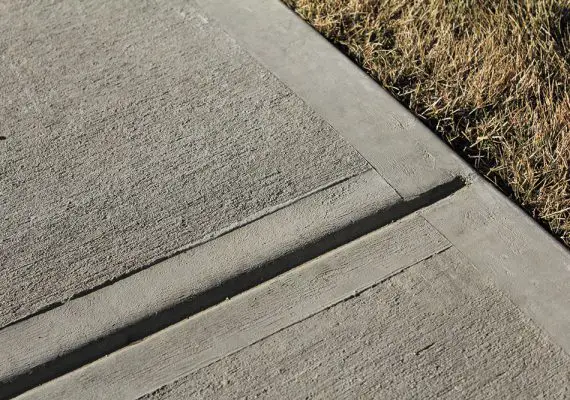What Is The Hoop Iron In Brickwork?
What Is The Hoop Iron In Brickwork?
Hoop iron, also known as tying wire or reinforcing wire, is a type of wire used in brickwork to reinforce the structure and improve its stability. The hoop iron is typically made of galvanized steel and is bent into a circular or hoop shape.
The hoops are placed around the mortar joints in between the bricks and held in place by tying wire. The purpose of hoop iron is to prevent cracking of the mortar joints, provide additional strength to the wall, and improve its ability to resist wind and seismic forces.
What Is the Importance Of Hoop Iron In Masonry?
The use of hoop iron in masonry is important for several reasons:
- Reinforcement: Hoop iron provides additional strength to the masonry structure, helping it to resist wind and seismic forces.
- Prevents cracking: By reinforcing the mortar joints, hoop iron helps to prevent cracking and keeps the wall stable.
- Improves stability: The use of hoop iron in brickwork helps to improve the stability of the structure over time, even as it ages and settles.
- Increases durability: The addition of hoop iron in masonry increases the overall durability of the structure, helping it to last longer and remain in good condition.
- Protects against moisture: By reinforcing the mortar joints, hoop iron helps to prevent moisture from entering the wall, protecting the building from water damage.
Hoop Iron Flashing
Hoop iron flashing is a semi-circular sheet of metal that is installed around chimneys, skylights, and other protrusions on the roof. It is made from high-quality steel or aluminum, ensuring durability and long-lasting performance.
The metal is bent into a hoop shape and fastened to the roof and the wall, creating a tight seal that prevents water from entering the building.
Benefits of Hoop Iron Flashing
There are numerous benefits to using hoop iron flashing in construction and roofing projects. These include:
- Protection against water damage: Hoop iron flashing provides a waterproof barrier between the roof and the wall, protecting the building from water damage and other weather-related issues.
- Durability: Made from high-quality steel or aluminum, hoop iron flashing is extremely durable and long-lasting. It can withstand harsh weather conditions and will not corrode over time.
- Energy efficiency: By creating a tight seal between the roof and the wall, hoop iron flashing helps to reduce air leaks, improving energy efficiency and reducing heating and cooling costs.
- Aesthetic appeal: Hoop iron flashing is available in a range of colors and finishes, allowing it to blend seamlessly with the roof and the building.
Choosing the Right Hoop Iron Flashing
When choosing hoop iron flashing for your construction or roofing project, there are several factors to consider:
- Material: Hoop iron flashing is available in steel or aluminum. Steel is more durable, but aluminum is more lightweight and corrosion-resistant.
- Thickness: The thickness of the metal will determine the strength and durability of the flashing. Thicker metal is more durable, but it is also heavier and more expensive.
- Finish: Hoop iron flashing is available in a range of colors and finishes, allowing it to blend seamlessly with the roof and the building.
- Size: The size of the flashing will depend on the size of the protrusions on the roof, such as chimneys or skylights.
Installing Hoop Iron Flashing
Installing hoop iron flashing requires precision and attention to detail. It is important to choose a qualified and experienced professional to ensure the flashing is installed correctly and securely.
The following steps outline the process of installing hoop iron flashing:
- Measure the size of the protrusions on the roof, such as chimneys or skylights.
- Cut the hoop iron flashing to the correct size.
- Fasten the flashing to the roof and the wall, creating a tight seal.
- Install any additional flashing or seals as needed.
- Inspect the flashing to ensure it is installed correctly and securely.


